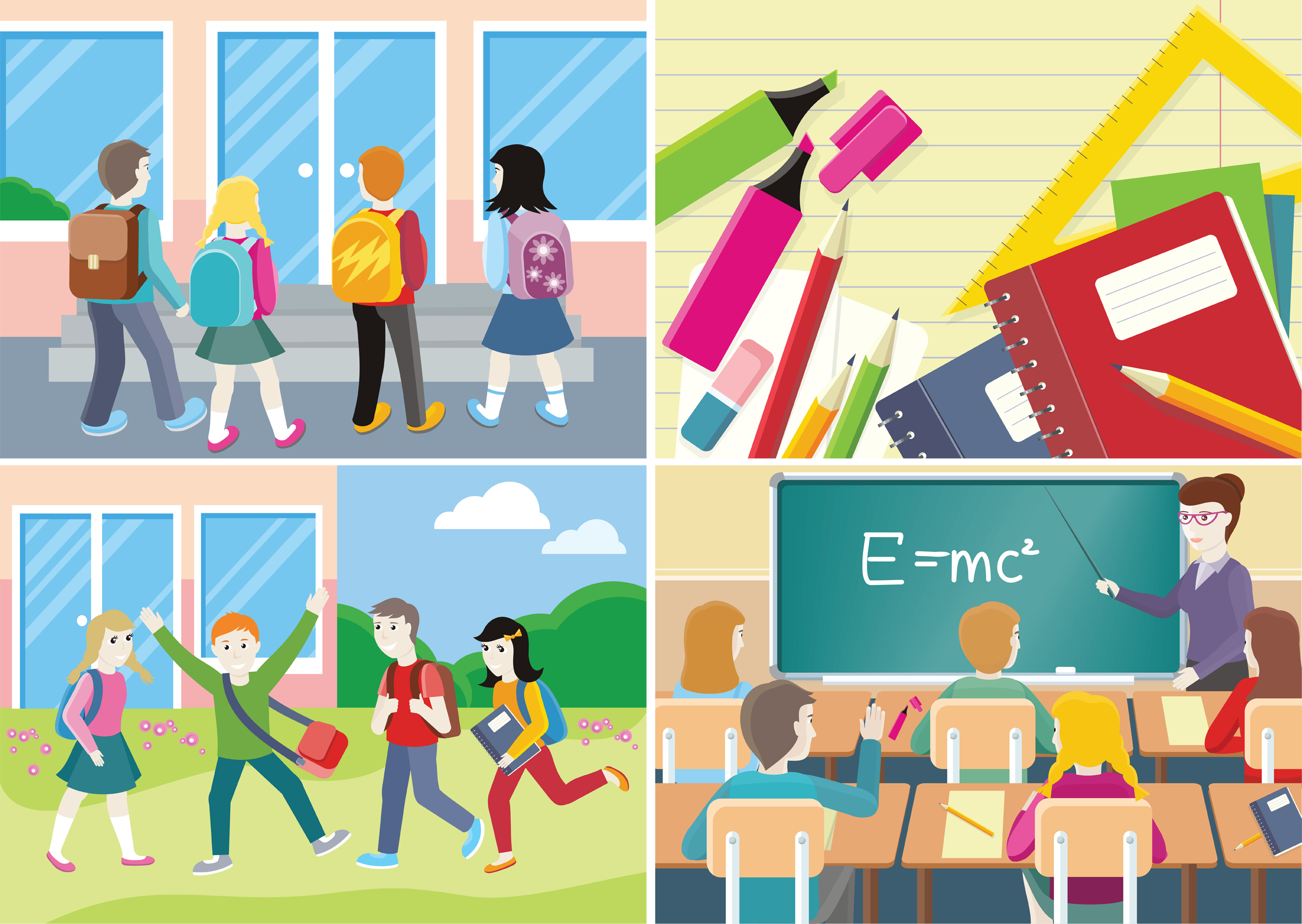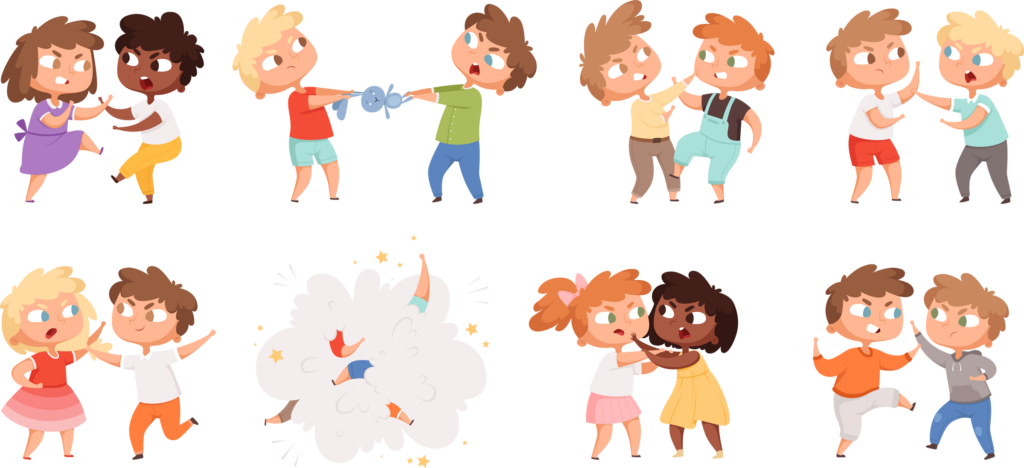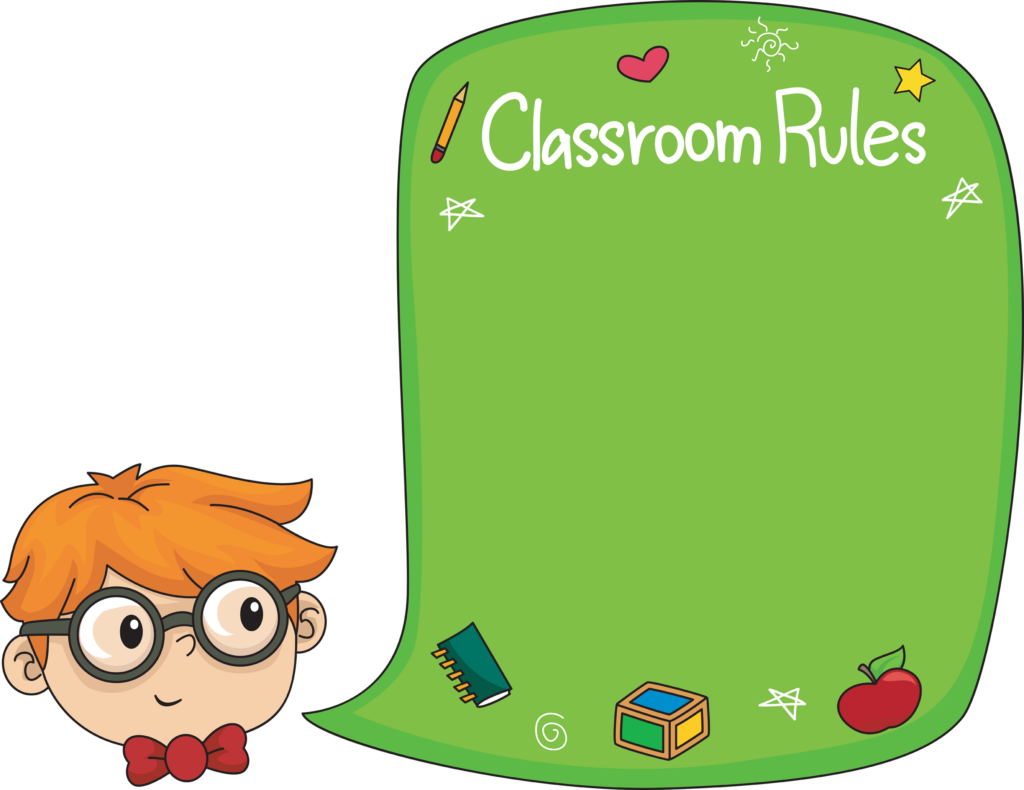
Managing behavior in a classroom can be akin to navigating a ship through turbulent waters. As an educator, you’re responsible for not only imparting academic knowledge but also maintaining a classroom environment conducive to learning. For teachers and parents seeking an intuitive yet effective approach to guide children’s behavior, Clipart offers an intriguing solution. This comprehensive guide aims to delve deep into how Clipart, available on resources such as schools.clipart.com, can be a valuable asset for behavioral management, providing real-life applications, best practices, and advice for ensuring accessibility for all students.
Why Clipart for Behavioral Management?

The Importance of Visual Cues
Human beings are wired to process visual information swiftly. In an educational context, visual cues are indispensable because a significant percentage of students are primarily visual learners. Utilizing Clipart can serve as an immediate, universally comprehensible signal for setting behavioral benchmarks. The vibrant colors and simple shapes can command attention far quicker than a verbal instruction.
Ease of Access
With an extensive range of images readily available on platforms like schools.clipart.com, pinpointing the perfect visual representation tailored to your classroom needs has never been more straightforward. No need to waste time sketching out images when you can have professionally designed clipart at your fingertips.
Cost-Effectiveness
Unlike many other educational resources, Clipart is relatively inexpensive, especially if sourced from dedicated educational platforms. This cost-effectiveness makes it an attractive option for educators working on limited budgets.
Global Relevance
In a multicultural classroom, language can sometimes be a barrier to understanding rules and behavioral expectations. Clipart transcends language, providing a universally understood medium for communication.
Ease of Integration
Clipart can be easily integrated into existing teaching materials, lesson plans, or digital platforms used in the classroom. Teachers can seamlessly blend Clipart with text, assignments, or quizzes to enhance understanding and engagement.
How to Use Clipart for Setting Rules and Expectations

Simple Symbols
The power of simplicity can never be overstated. Use straightforward symbols such as a thumbs-up for approval or a red cross for denial to establish clear behavioral expectations. The simpler the visual cue, the quicker the child will understand its meaning.
Routine Charts
Routine charts can go a long way in providing structure to a child’s day. You can create daily or weekly routine charts employing Clipart for various activities like reading time, lunch, or outdoor play. This not only provides structure but also eliminates the anxiety some children may feel due to unpredictability.
Interactive Boards
Interactive boards can transform a passive classroom environment into an engaging educational space. Clipart images can be used to build interactive boards where students can place or move visual elements to indicate their mood, show the tasks they’ve completed, or express choices they make during free time.
Behavioral Rewards System
Clipart can be used to craft a rewards system where students earn points, represented by specific Clipart images, for good behavior or academic performance. These points can later be exchanged for small rewards, thereby motivating the students to maintain good behavior.
Visual Timetables
Visual timetables equipped with Clipart can guide students through the progression of the school day, aiding them in understanding what activity is coming up next. This is particularly beneficial for children who may have time management issues.
Accessibility and Inclusion: Clipart and Braille

The beauty of Clipart is its adaptability. For students with visual impairments, Clipart images can be coupled with Braille labels to provide a multisensory approach to behavioral management. This fosters inclusivity by ensuring that all children, regardless of their abilities, can benefit from visual cues. The integration of Clipart with Braille can serve as a powerful tool in creating an inclusive educational atmosphere.
Best Practices When Using Clipart for Behavioral Management

- Consistency is Key: Employ the same Clipart consistently to represent particular behaviors. This aids in reinforcing the mental association between the image and the expected action.
- Cultural Sensitivity: Ensure that the Clipart selected is universally acceptable and culturally sensitive, encompassing all the students in your class.
- Size and Visibility: The size of the Clipart should be chosen with the classroom’s dimensions in mind. The images should be visible to every student, even those sitting in the back rows.
- High-Quality Images: Always go for high-resolution Clipart. Platforms like schools.clipart.com offer an extensive range of high-quality images suitable for educational purposes.
- Limited Variety: Stick to a set of 5-10 Clipart images for behavior management to avoid overwhelming or confusing the students.
- Contextual Relevance: The Clipart chosen should be relevant to the age group and educational context. What works for kindergarteners may not be effective for older students.
- Feedback Loop: Regularly solicit feedback from the students and adjust your Clipart choices and placement accordingly.
- Legal Compliance: Ensure that the Clipart used complies with copyright laws and guidelines, especially if you’re sharing resources outside of your classroom.
- Color Coding: Use color-coded Clipart to differentiate between different categories of behavior or activities.
- Digital Integration: Consider integrating Clipart into digital educational platforms that you may be using for remote or blended learning.
Pitfalls to Avoid

- Overwhelming Visuals: A classroom that looks like a Clipart gallery may overwhelm students rather than assist them.
- Inconsistent Usage: Changing Clipart images too often can cause confusion and may disrupt the classroom’s behavioral equilibrium.
- Ignoring Feedback: Not paying heed to student reactions and feedback can lead to an ineffective implementation of the Clipart strategy.
- Stereotyping: Be careful not to use Clipart that promotes stereotypes or biases.
- Neglecting Multi-Sensory Approaches: While Clipart is an excellent tool, it should be part of a broader multi-sensory approach to education, particularly when considering the needs of students with disabilities.
Clipart is a vastly underutilized resource with the potential to revolutionize behavioral management in the classroom. With its flexibility, cost-effectiveness, and inclusivity, Clipart serves as a multi-faceted tool that addresses various challenges teachers and parents face. By adhering to best practices and avoiding common pitfalls, one can establish an environment where each child, regardless of their learning style or ability, feels included and understood. Utilize the vast repositories like schools.clipart.com to get started on creating an engaging, inclusive, and well-managed classroom.




